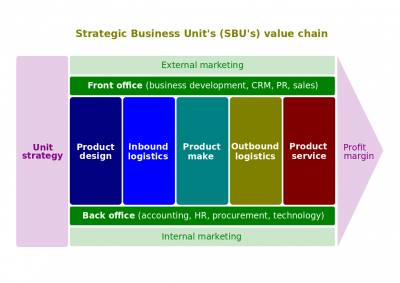Difference between revisions of "Marketing"
| Line 4: | Line 4: | ||
According to [[Marketing Management by Keller and Kotler (15th edition)]], | According to [[Marketing Management by Keller and Kotler (15th edition)]], | ||
:[[Marketing]]. The activity, set of institutions, and processes for creating, communicating, delivering, and exchanging offerings that have value for customers, clients, partners, and society at large. | :[[Marketing]]. The activity, set of institutions, and processes for creating, communicating, delivering, and exchanging offerings that have value for customers, clients, partners, and society at large. | ||
| + | According to [[Juran's Quality Handbook by Defeo (7th edition)]], | ||
| + | :[[Marketing]]. The process of promotion, including activities to provide product labeling for warnings, dangers, antidotes; training of the field force in the contract provisions; supplying of safety information to distributors and dealers; setup of exhibits on safety procedures; conducting of tests after installation and training of users in safety; publication of a list of dos and don’ts relative to safety; establishment of a customer relations climate that minimizes animosity and claims. | ||
| − | [[Category: Marketing Management]][[Category: Articles]] | + | [[Category: Marketing Management]][[Category: Articles]][[Category: Quality Management]] |
Revision as of 23:15, 3 July 2020
Marketing is a set of endeavors that an market actor undertakes to complete a market exchange.
Definition
According to Marketing Management by Keller and Kotler (15th edition),
- Marketing. The activity, set of institutions, and processes for creating, communicating, delivering, and exchanging offerings that have value for customers, clients, partners, and society at large.
According to Juran's Quality Handbook by Defeo (7th edition),
- Marketing. The process of promotion, including activities to provide product labeling for warnings, dangers, antidotes; training of the field force in the contract provisions; supplying of safety information to distributors and dealers; setup of exhibits on safety procedures; conducting of tests after installation and training of users in safety; publication of a list of dos and don’ts relative to safety; establishment of a customer relations climate that minimizes animosity and claims.
